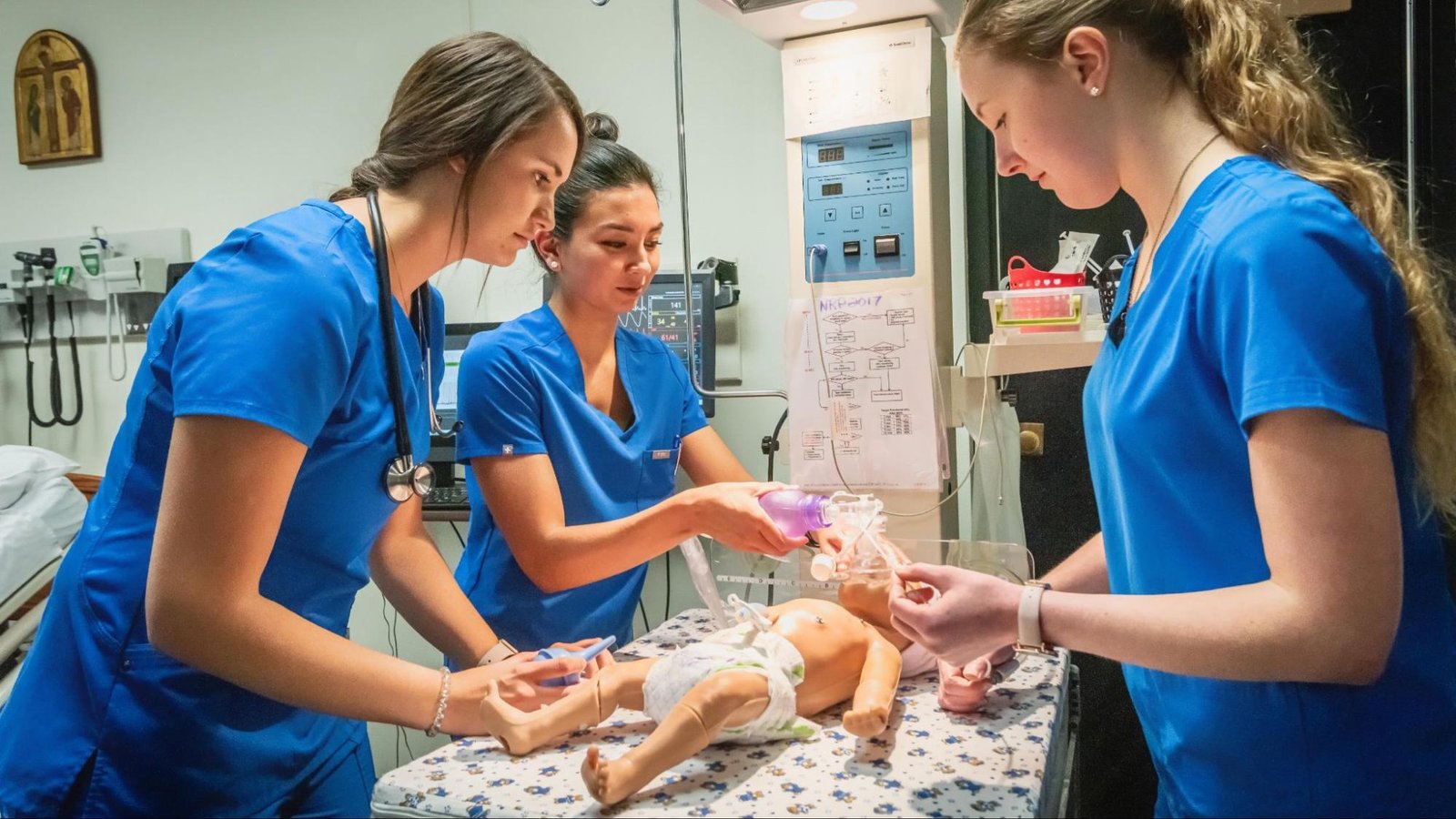Today our topic of discussion is Endotracheal Extubation.
Endotracheal Extubation

ENDOTRACHEAL EXTUBATION
Objective
To remove either an oral or nasal endotracheal tube after it has been determined that the client can breathe without assistance and that secretions can be removed without an airway in place.
Assessment Phase
- Can the client ABC value be maintained without assisted ventilation?
- Has the client’s underlying condition improved to the point at which an artificial airway is no longer required?
- Does the client have spontaneous respirations without the assistance of a ventilator?
- Will the client require supplemental oxygen after extubation? Are secretions a problem?
- Will the client be able to cough and clear secretions after the endotracheal tube is removed?

Precautions
- Extubations should only be attempted after the client is well-rested, especially in clients who have been intubated for long periods.
- Extubation may be more successful in the morning than in the late afternoon or evening
- Never remove an endotracheal tube unless the personnel who are trained to reintubate are present. If respiratory failure follows extubation, a patient airway must be re-established
- A suction setup with sterile catheters and gloves must be present during the extubation process to remove secretions in the client’s airway.
Planning Phase
- Sterile suction catheter
- Sterile gloves Scissors .
- Water-soluble lubricant
- Vacuum source lubricant
- Unit dose container of sterile normal saline or 6 ml. syringe filled with normal saline stethoscope
- Aerosol setup with supplemental oxygen
- Emergency airway box.
- Manual resuscitator with mask
- Laryngoscope and blades
- Endotracheal tubes

Client/Family Teaching
- Discuss the procedure for removing the endotrache tube
- Describe the suctioning process that will be used concurrently with the extubation procedure
- Encourage the client to cough and breathe deeply, after the endotracheal tube is removed.
- Describe the benef of coughing and deep breathing and explain why these procedures will reduce the risk of reintubation.
Read more:
